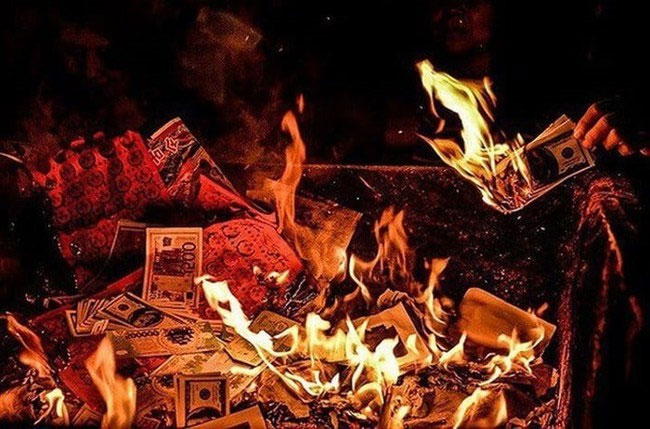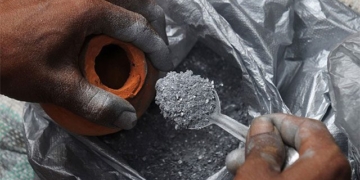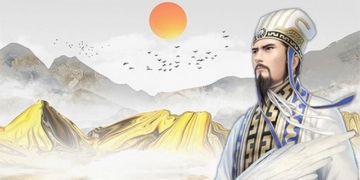In ancient times, some countries believed in the existence of an afterlife – a realm where souls would go after death. Accordingly, the ancients had a custom of burning paper money for the deceased.
Throughout thousands of years of history, several civilizations such as Egypt, Greece, the Aztecs, and China believed that souls were real. After a person passed away, their soul would transition to the afterlife. From this belief, many unique customs related to the afterlife emerged. Among these, the custom of burning paper money for the deceased has garnered significant public interest.

The paper money burned for those in the afterlife is a unique type of currency.
Some researchers suggest that the custom of burning paper money first appeared during funerals in China in the 7th century.
Prior to this, the Chinese had a practice known as suttee (where living individuals were buried alongside the dead to serve them in the afterlife). However, over time, this practice was deemed inhumane and gradually abolished. This led to the emergence of the custom of burning paper money and joss paper.
Therefore, on special occasions such as the Qingming Festival, death anniversaries, and the full moon, families often burn paper money and joss paper for the deceased. According to ancient beliefs, the paper money burned for those in the afterlife is a unique type of currency. Being money specifically designated for the souls of the departed, it holds special significance.
The souls of the deceased will use the paper money burned by their family and friends to meet their daily needs in the afterlife. With this paper money, the souls will enjoy a prosperous existence in the underworld. Additionally, the act of burning paper money for the deceased signifies that the family and future generations have not forgotten them. Furthermore, receiving a substantial amount of paper money from descendants, the deceased will bless the family and loved ones.
As a result, the tradition of burning paper money and joss paper has been passed down through generations and continues to this day.


















































